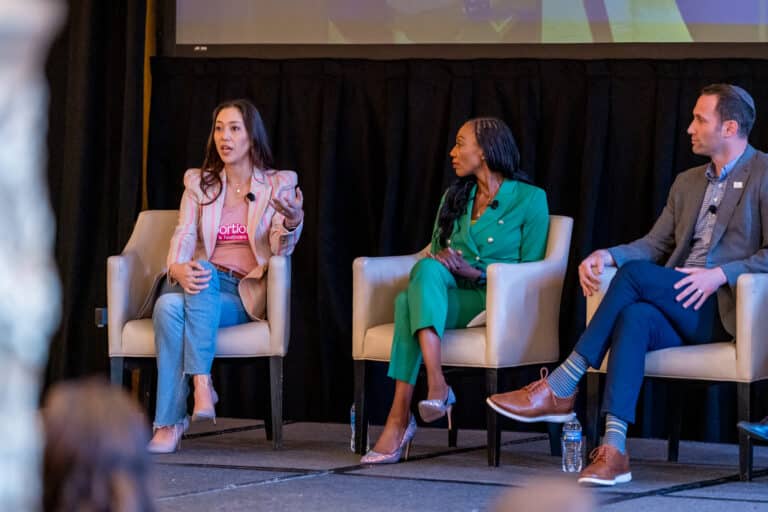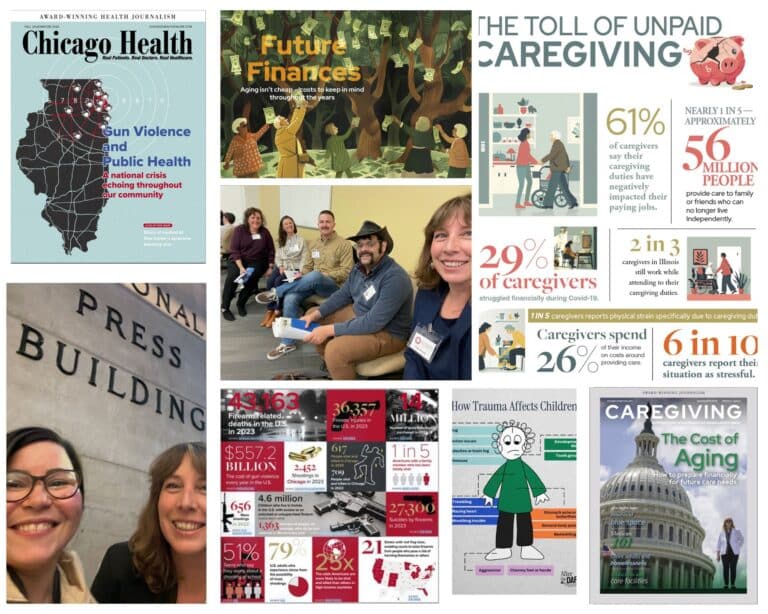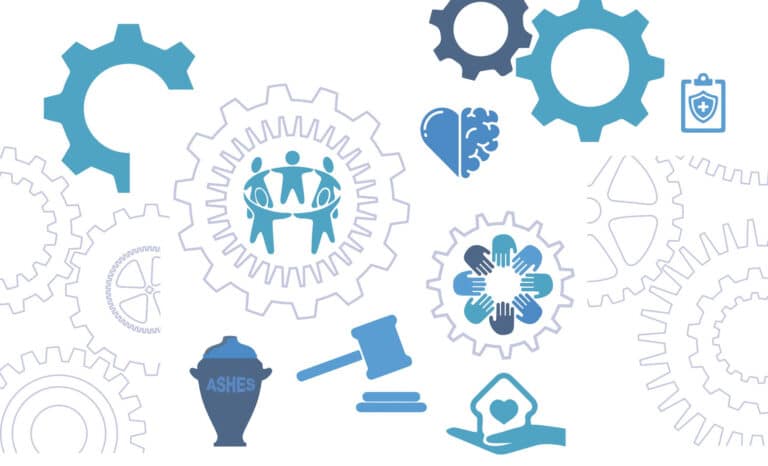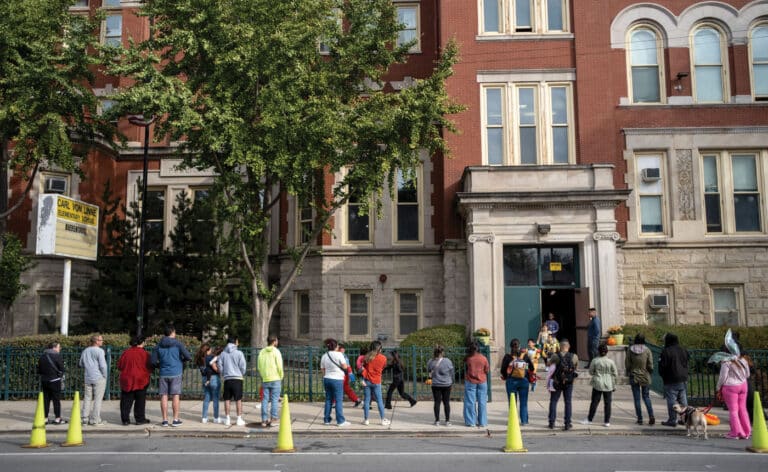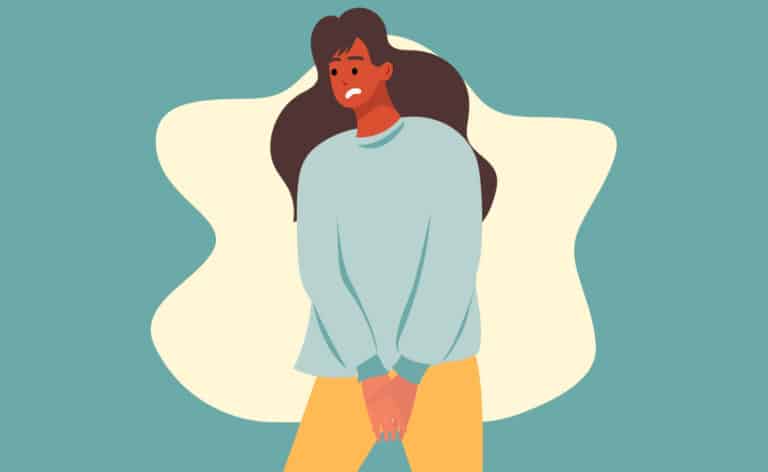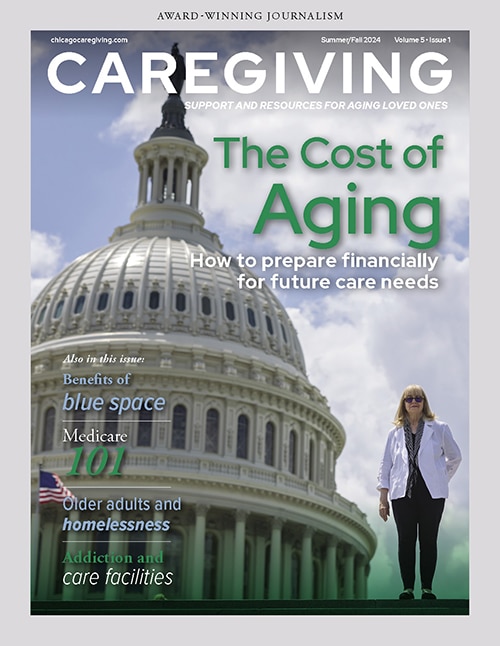What you need to know about this common neurological disorder
Hanna McRostie noticed a rash on her back in September 2017. She was especially worried because she was having severe headaches that lasted day and night. When she also developed swollen lymph glands in her groin, she went to see her doctor.
“When he saw my rash, he knew right away that I had shingles,” says McRostie, a Yorkville resident.
McRostie was 41 years old when she was diagnosed with shingles, which makes her case unusual. According to the Centers for Disease Control and Prevention (CDC), the risk of getting shingles increases with age and is most common in people 60 and older.
Extreme nerve pain
Scott Love, MD, a family medicine physician with DuPage Medical Group, says that shingles can be difficult to diagnose because it can begin with headaches, swelling of the lymph nodes or other symptoms before the telltale rash appears. Then comes severe nerve pain that can be extremely agonizing and feel like a constant ache, electric shocks or a sensation of burning or itching.
Shingles is caused by the varicella zoster virus (VZV) — the same one that causes chicken pox. “It lives dormant in the body [of people who have had chicken pox], often for 30 to 40 years, because our immune cells produce antibodies that keep it at bay,” says Love, who treated McRostie. “But immune cells decrease in strength as we age.” Illness or stress can also weaken immune cells, he adds, allowing the virus to be reactivated.
The best treatment for shingles is an anti-viral drug, such as acyclovir or valacyclovir, Love says. To be most effective in reducing the severity of the pain and the length of the healing process, it is ideally taken within 72 hours after the rash appears. Gabapentin (Neurontin), pregabalin (Lyrica) and stronger drugs, if necessary, can be used to reduce the pain, which can range from mild to intense.
The shingles rash, which may cause itching, turns to blisters that form a crust that eventually falls off. The rash usually appears on the torso on one side of the body.
McRostie’s rash was a cluster of small red dots on the left side of her back at the waistline. “Some people feel pins and needles, but my rash wasn’t very painful,” McRostie says. “But it itched like crazy for about two weeks.”
A neurological disorder
Because the rash is the key visual symptom of shingles, many people think that it is a skin disease when, in fact, it is a neurological disorder.
“The virus that causes shingles hides out in the dorsal root ganglion of the nervous system next to the spinal cord, or in the cranial nerve nuclei of the brain that hold parts of the nerve cells that are in charge of sensation,” says Anna Sorokin, MD, a neurologist with the Elmhurst Neurosciences Institute at Edward-Elmhurst Health.
“That is the key to understanding one of the biggest complications of shingles, neuralgia, which is the pain that comes from the inflammation of the nerves. The virus begins to replicate in the ganglion and then travels down the nerves to the surface of the skin. Short- and long-term pain caused by shingles comes from the inflammation of the affected nerves due to the widespread growth of the virus in those areas.”
Even after treatment, the pain of shingles can persist for up to four months because the nerves take a long time to heal. “We can’t speed up the healing,” Sorokin says. “We can only treat the symptoms.”
In rare cases, the rash appears on the face and can affect the eye, potentially causing numerous complications including loss of vision. A rash near or in the ear can result in vertigo or loss of hearing. Some people who have shingles develop postherpetic neuralgia — pain that can last for months or years after the rash has disappeared.
Effective new vaccine
More than 99 percent of Americans over age 40 have had chicken pox, according to the CDC, and are therefore at risk for shingles, so prevention is important. Up until recently, Zostavax was the only vaccine for shingles. But in October 2017, the Food and Drug Administration approved Shingrix, which includes an ingredient that boosts the immune system and is more effective at providing longer-lasting protection.
The CDC says that Shingrix is now the preferred vaccine instead of Zostavax.
It recommends that healthy adults 50 and older get two doses of Shingrix two to six months apart. You should get the Shingrix vaccine even if you previously received Zostavax, the CDC says.
Even those who have already had shingles should talk to their doctor about getting vaccinated, because, unlike chicken pox, shingles can reoccur. McRostie’s case underscores that fact. She had chicken poxas an infant and developed shingles when she was 9 years old and again at age 41.
No one wants to endure the pain of shingles. Adults over 50 should check with their healthcare provider or pharmacist about the Shingrix vaccine so they can take the appropriate steps to avoid developing this painful neurological disorder.


